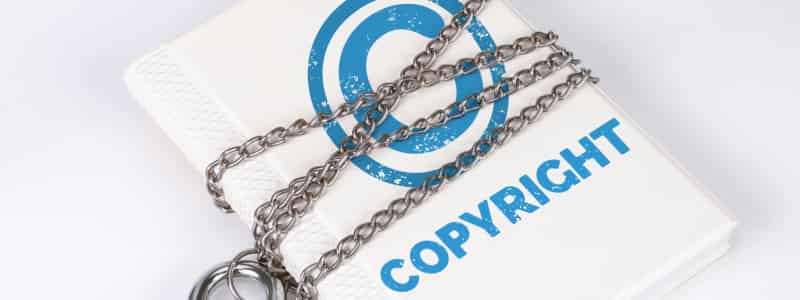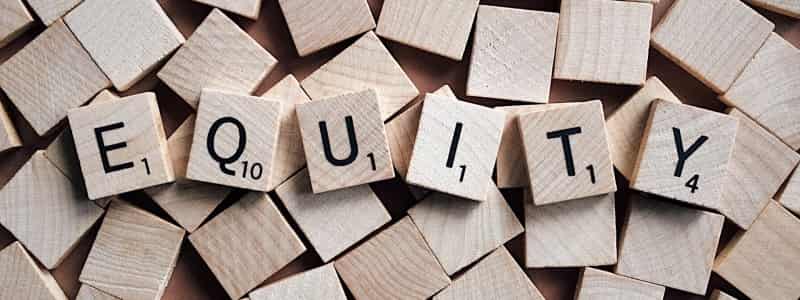Copyright is intended to protect the creator of original works and allow them to exploit their work through reproduction or distribution without others being allowed to copy their creative output. Copyright infringement can occur directly or indirectly.
Table of Contents
Direct copyright infringement explained
Direct infringement occurs when a person, without your permission, uses or authorises any act comprised in your copyright.
This can occur through 3 fundamental ways.
- Substantial reproduction of copyrighted material. For instance copying someone’s entire article onto your personal blog without permission.
- Unconscious copying. Unfortunately, you can still directly infringe on copyright without intending to do so.
- Authorising copyright infringement. This occurs through enabling others to infringe copyright. For instance, bulk reprinting of someone’s article without their permission.
A common example which many people may relate to is through torrenting and streaming content. The actual creator of the torrent who enables others to download is directly infringing on copyright. However, the individuals who are downloading the content from the torrent source are also infringing the author’s copyright. This is because when you download a torrent you are also uploading parts of the torrent for others to download. Consequently, authorising copyright infringement.
Indirect copyright infringement explained
By contrast, indirect infringement occurs where a person deals with materials that infringe copyright, rather than copying the work themselves.
Using the example of someone else’s article, copying the article in the first instance would be direct infringement. However, selling the article would be an indirect infringement on copyright.
Indirect infringement can even occur if a venue is allowed to be used for an infringing public performance. This is important to note as changing the medium through which work is presented can still infringe on copyright.
How to avoid copyright infringement
A common misconception is that changing a work by 10% or more is sufficient to avoid infringing on copyright. This isn’t true and doing this can make you liable for infringement.
One important consideration to have is to use caution if it isn’t your own work. Consequently, if you do find work you wish to reproduce or copy that isn’t yours make sure to thoroughly read the licensing or permission terms. These can be confusing to understand so if you’re unsure, make sure to minimise your own risk and contact a copyright lawyer.
Another tip to avoid infringing on copyright is to seek an exception. One exception is fair use which can allow the use of a creative work if it’s for educational or non-commercial purposes.
Conclusion
To reiterate, direct copyright infringement involves the actual copying of work. Comparatively, indirect infringement involves dealing with an object which infringes on someone’s work.
To ensure you don’t fall victim to someone infringing on your copyright be sure to protect your work. One way to protect your intellectual property is by creating an intellectual property agreement.




